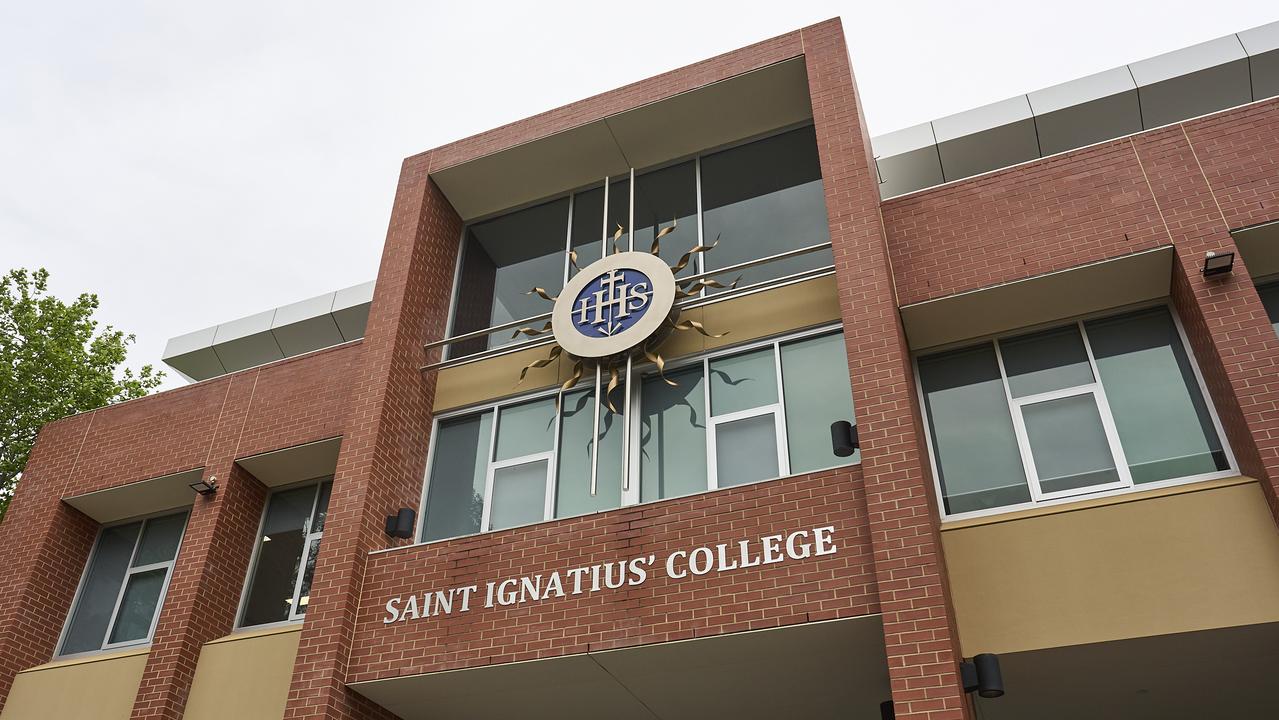Adelaide City Council to net trees along Leigh St to stop tree martins migrating along the dining strip
For years tiny birds have been migrating and pooing along a popular outdoor CBD dining street and now there’s plans to finally deter them from the area, but will it work?
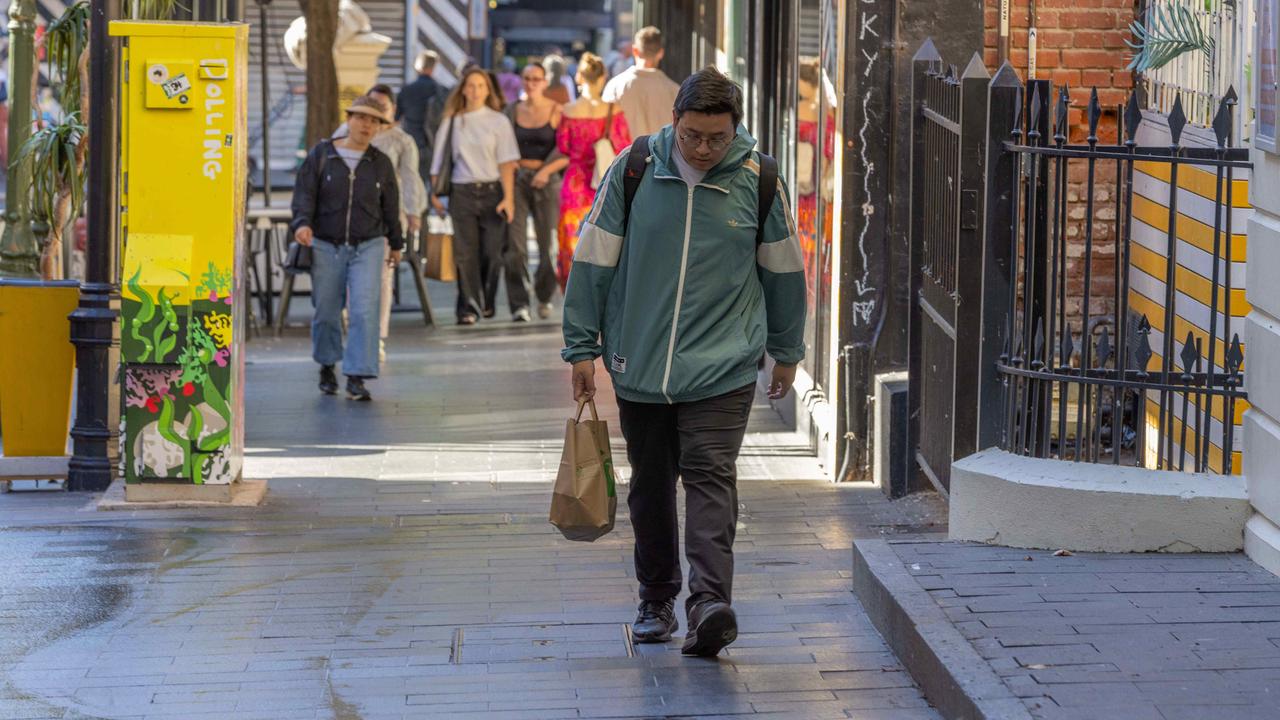
SA News
Don't miss out on the headlines from SA News. Followed categories will be added to My News.
Thousands of native birds migrating in trees along a popular outdoor CBD dining strip have become a serious risk to public hygiene due to their abundant droppings.
Adelaide City Council will attempt to deter 10,000 tree martins from flocking to Leigh Street’s semi-mature callery pear trees by netting them from tomorrow.
The $15,000 pilot program aims to relocate the birds to other “less busy locations” in the city during their next migration season, between January and May.
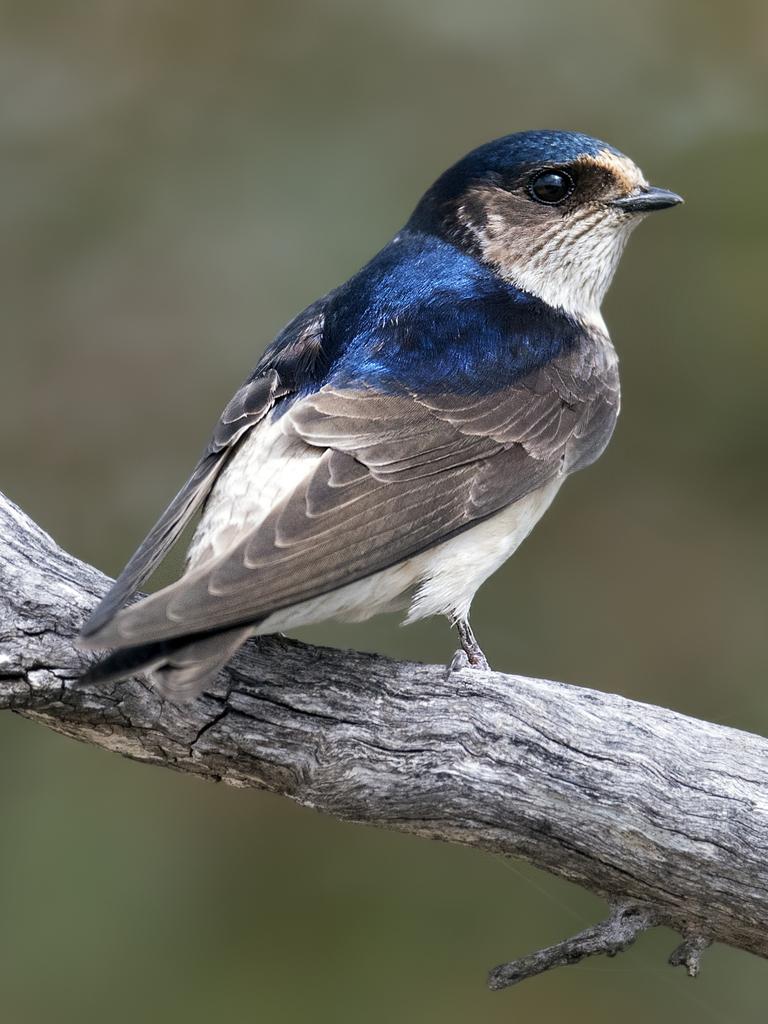
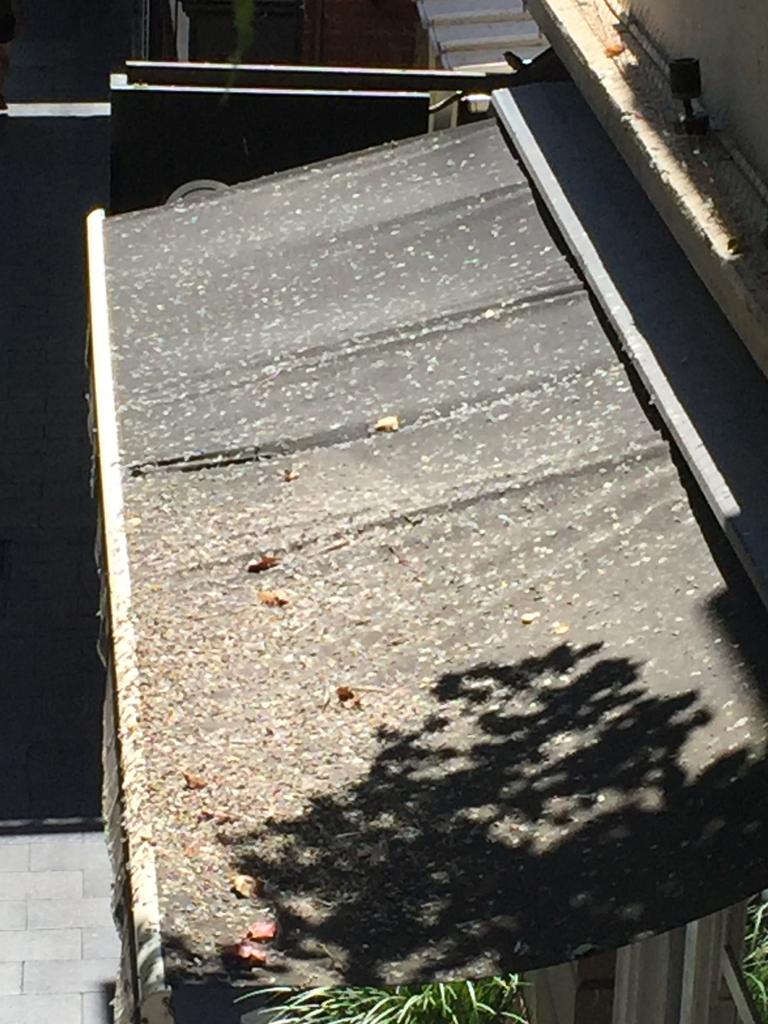
It follows years of business owner complaints the “thick and dense” droppings were affecting trade and failed promises by the council to resolve the issue before the next migration.
The council’s city services director, Tom McCready, said the droppings had become a serious health risk and “it’s reached the point where we need to do something”.
“After looking at other measures including removing the trees and sonar technology to deter the birds, we have decided to see if netting will divert them to another location in the city,” Mr McCready said.

Leigh Street’s longest serving trader, master barber Alec Mastrangelo was cautious of the plan having dealt with the issue for at least the last seven years.
“Personally, I think they should chop the trees down,” Mr Mastrangelo said.
“I’ll be honest they’re (the birds) a health hazard. The people who complain about them are the ones who come past and they (the birds) shit on their head.

“Some people think they’re beautiful, but it’s 20,000 birds causing big problems for people eating at the restaurants.”
The council earlier this year undertook additional tree pruning and cleaned the street three times a day, including pressure blasting and scrubbing the pavement.
It also supported the installation of awnings on private property with outdoor dining to reduce the impact of bird droppings on customers.
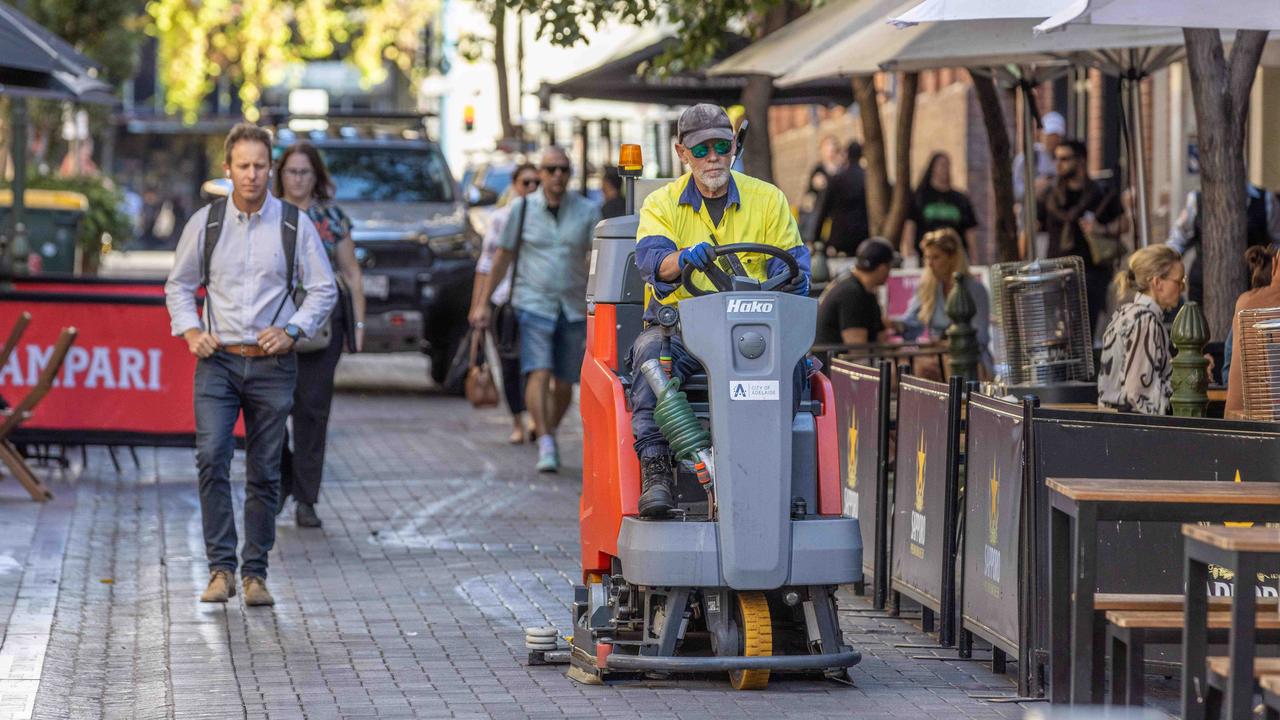
Mr McCready said while the actions had been “helpful”, they had not mitigated the problem.
Earlier this year, the council said it had investigated netting trees but due to size and scale it was not viable. It was not clear how this program differed to the previous investigation.
Green Adelaide presiding member Chris Daniels said they would follow the trial closely as the Leigh St tree martin congregation was the “largest anywhere in Australia”.
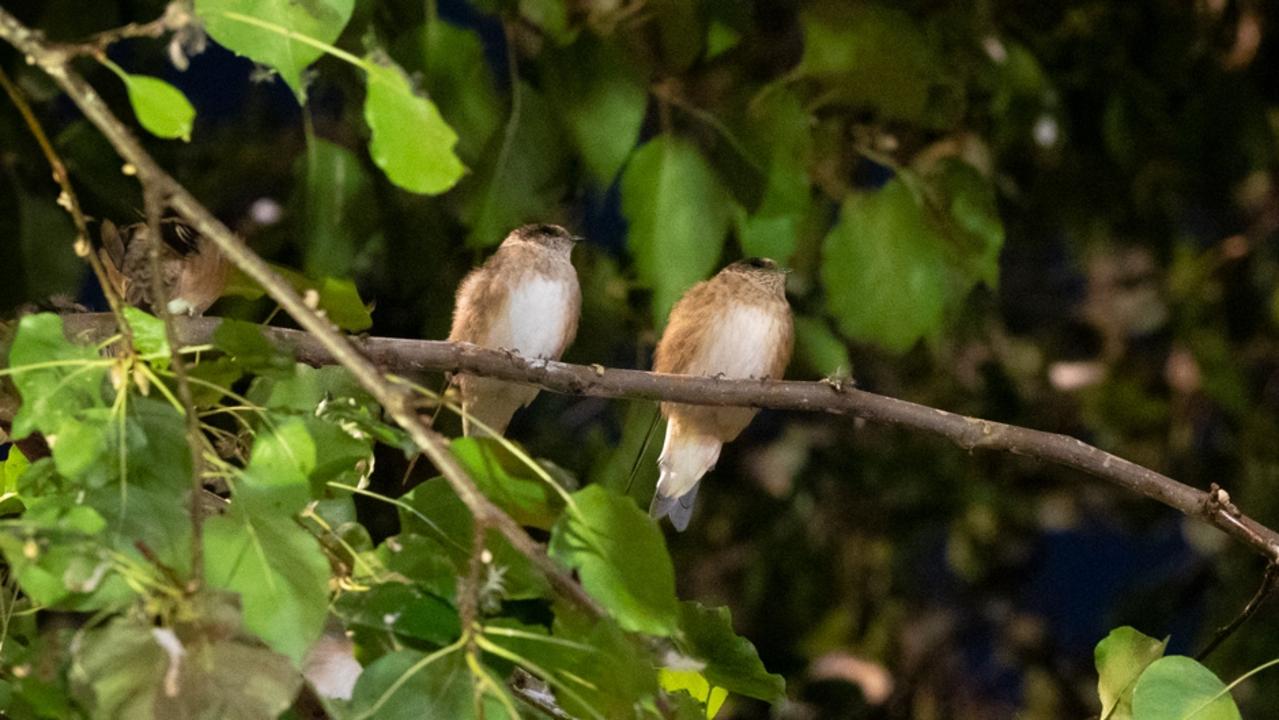
“Having them right here in Adelaide’s CBD is a shining case for how our cities can be wild,” professor Daniels said. “Tree martins are a declining species.
“To have this many in the heart of the city is incredible from a conservation perspective, as well as being a much-loved spectacle for nature lovers and passers-by.”
He anticipated some may move to Peel and Bank streets, while others will seek hollows in horizontal gum tree branches and creek banks seeking protection from birds of prey.
The birds migrate annually to South Australia from the Northern Territory, Papua New Guinea and Indonesia.
Originally published as Adelaide City Council to net trees along Leigh St to stop tree martins migrating along the dining strip






